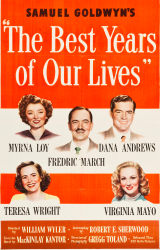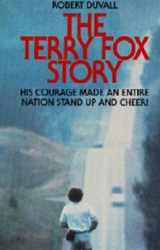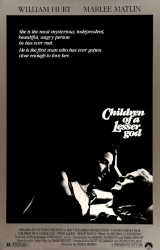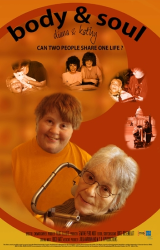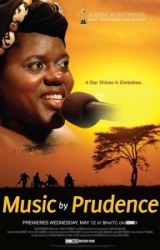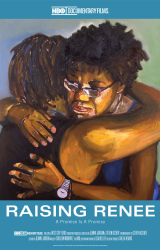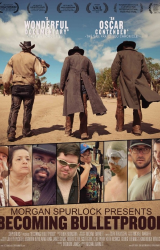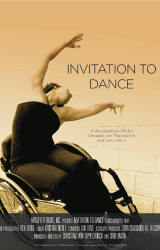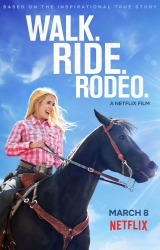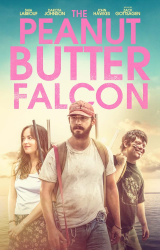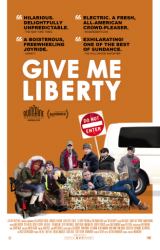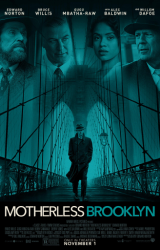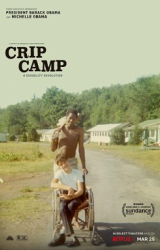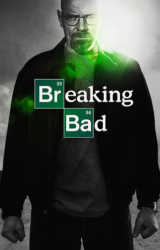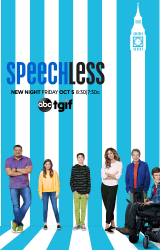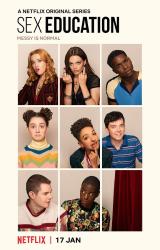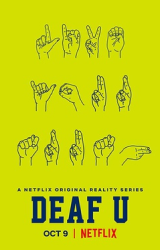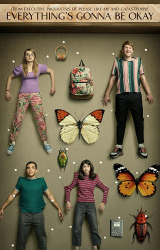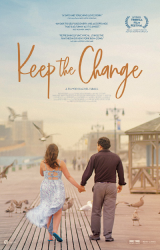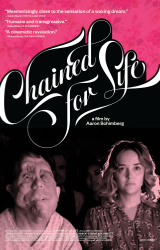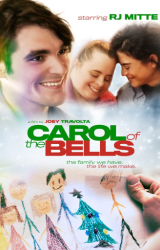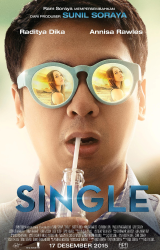


When it comes to entertainment and the silver screen, everyone loves a good film experience. And with the variety of genres, themes, and issues that films can address, it is no wonder that certain aspects of real life are brought on screen, either through the story or through the actors themselves.
Actors bring not only their characters to life, but also bring their own personal expertise, experiences, and abilities to the role. So, how is this affected when the actor in question lives with a disability in their personal life, and how does this impact the role they are playing?
Read on to find out more information on disabilities in the world of acting, actors who have disabilities in film and Hollywood, and why it is important to have this type of representation in cinema.
Actors with Disabilities in the World of Film
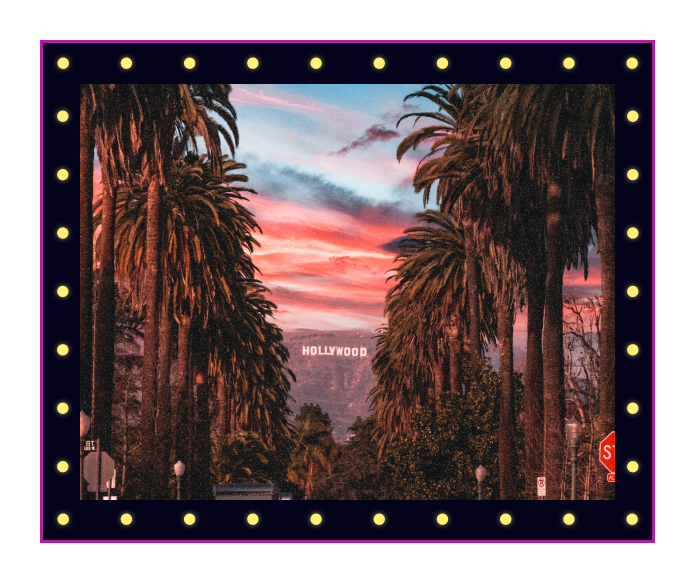
So, what does it mean to have a disability in the film industry?
Just like any other instance, actors who deal with disabilities are just as proficient as those actors who do not have disabilities. What these actors have to contend with is not only their personal health, but also an industry that does not always cast equally—be that in matters of disability, race, gender, etc.
These disabilities range from learning difficulties such as dyslexia, to Tourette Syndrome, Asperger’s, ADHD, physical disabilities, ASD or autism spectrum disorders, and more.
But what is key here, is that the actors who deal with such difficulties do not let them define their acting ability, whether they are famous stars or independent movie actors.
The Importance of Actors with Disabilities on Screen
Disabilities onscreen take two forms:
The actors with disabilities themselves
The characters with disabilities that the storyline necessitates.
While the latter is obviously fictional, characters with disabilities is another part of the greater role that disability has to play in the film industry.
Giving representation to not only different races, genders, and ages, but also to give a cinematic face to disabilities in film narratives is an important thing.
And in casting disabled actors for roles that either showcase a certain disability, or for roles that have nothing to do with such difficulties, having the representation and acceptance in such a massive and important industry such as film is a crucial part of how cinema can be an outreach.
Actors without Disabilities, Characters with Disabilities?
It has been said before that if an actor wants to win an Oscar, they should play a character with a disability.
This cliché is not entirely unfounded either—61 actors have been nominated for awards for playing a disabled character, and 27 of those have been successful and won recognition.
Nominations for playing a
character with disabilities
61
Actors who won
27
Winners who were disabled
2
However, the problem arises when these actors who play such characters do not actually live with disabilities themselves. You may not need to be disabled to portray such a character, but in an industry that has so many excellent actors who do themselves live with being disabled, why the disparity in casting? And further, out of all the actors who won awards for playing characters with disabilities, why have only 2 of these actors been disabled themselves?
Unfortunately, this is a problem throughout the film industry as a whole, and something that will be discussed in more detail later on.
For now, keep in mind the disparity between actors with disabilities and casting actors without disabilities in their stead.
Popularity and Problems of Disability Portrayal on Screen
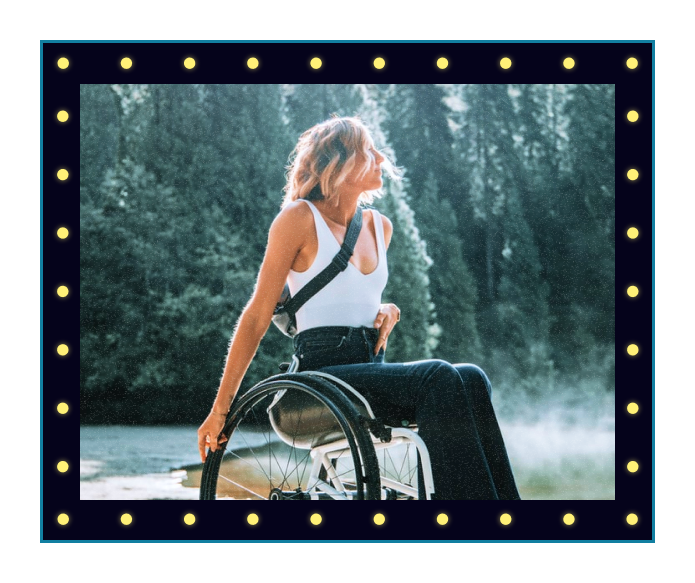
It is no secret that films with characters with disabilities and strong themes of disabilities have been incredibly popular in the past few decades. It can almost be classed as a sub-genre in itself, and that is not always a good thing
Films such as My Left Foot (1989), Born on the Fourth of July (1989), Inside I’m Dancing (2004), or Me Before You (2016), use not only actors without disabilities to portray characters with disabilities, but do not always have the character’s personal interest or best manner of representation in mind.
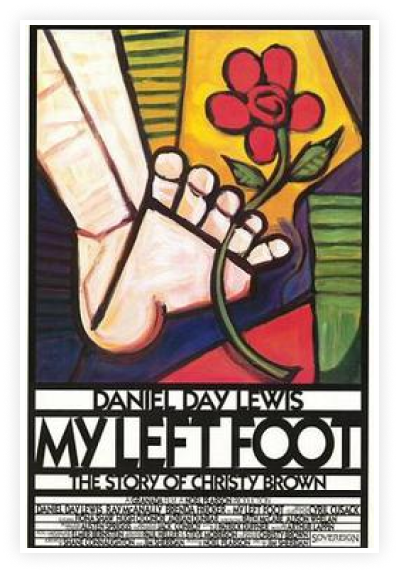
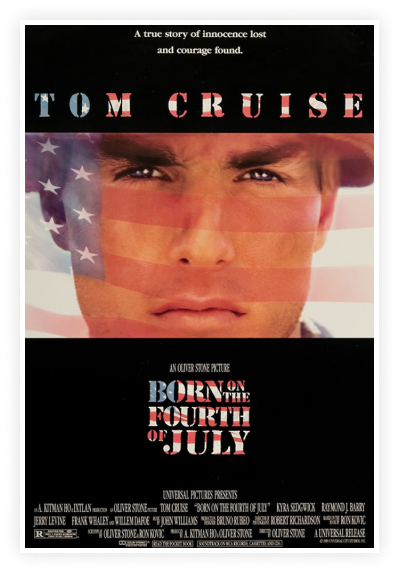
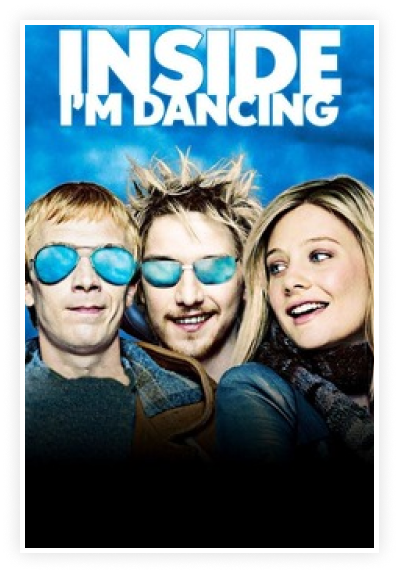
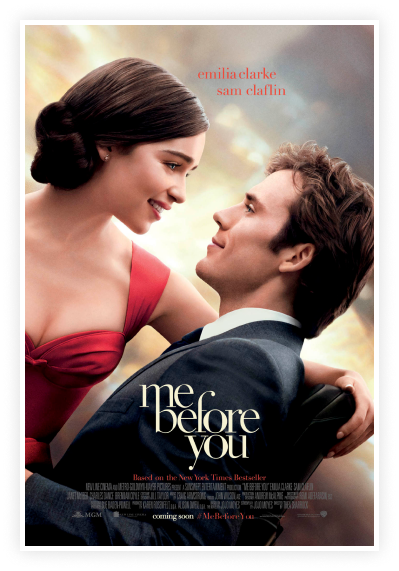
The same applies to some of the actors who have portrayed these characters—the cliched saying that playing a characters with disabilities is a golden ticket to winning a film award has the outcome of actors not always putting the necessary respect into their roles as people who live with disabilities.
As an example, one of the first films that portrays disabilities was the Lumière brothers’ Le Faux Cul-de-jatte (The False Cripple) in 1897, where the opening shot relies on a vagrant who pretends physical disability in order to ask for money, only to be spooked by the police and breaking his ruse.
While this is obviously an old film, and made before some more modern major civil rights movements, it still does shine a light on the treatment of disabilities in film history.
The Issue of “Otherness”
One massive issue in film is the treatment of people or characters with disabilities as “the other” and distancing them instead of drawing human compassion and equivalence.
Falling into this trap of “othering” was also common in early portrayal of the LGBTQIA2S+ communities, where such characters were purposefully made effeminate and other, to draw attention to the differences between them and heterosexual characters.
The “othering” of characters with disabilities is seen in older films, such as Werner Herzog’s two 1971 offerings Handicapped Future and Land of Silence and Darkness.
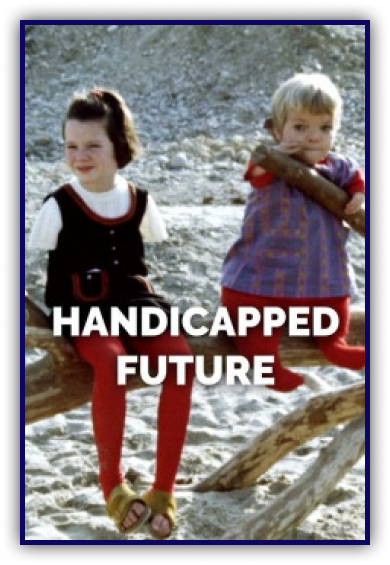
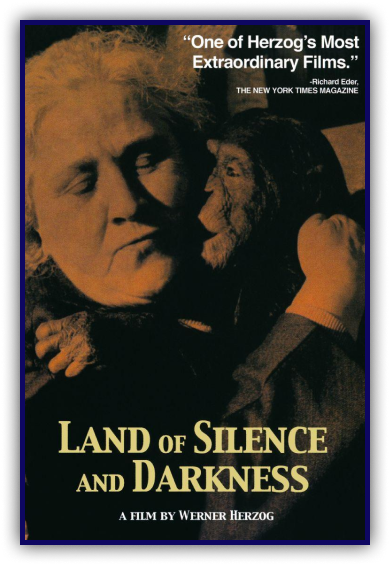
1971
Again, a different time, but the fact that Herzog purposefully tried to have these be more sympathetic and less melodramatic films is quite telling—the perception of disabilities was not yet changed in the film industry.
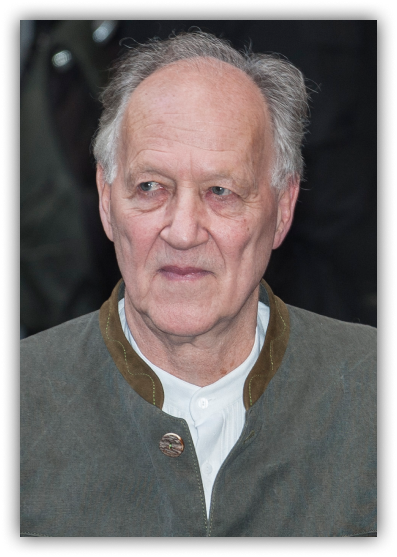
Werner Herzog
But, going forward from early exposures, it is a fact that films portraying disabilities have been popular in the recent decades. And yes, sometimes, before the industry began to deal with disabilities in a more respectful and inclusive manner. It has been noted that some films use disabilities in a way that authenticity is less important than a big message, heightened emotions, and splashy acting.
Issues with Ableist Clichés
There are certainly other issues with disability portrayals in some films, like deepened ableist stereotypes, such as:
The sense of a life not worth living or the “better off dead” sentiment.
Intellectual disabilities seen as child-like or overtly innocent.
Bitterness and anger at a physical disability or those around who are not living with disabilities.
“Magically” heightened remaining senses because one sense is impaired.
While being inherently problematic for the actual community of persons living with disabilities, be they actors or not, these stereotypes also have played a huge role in the popularity of disability films. These themes are familiar, and though reliance on cliches can work for some types of films, such as the classic romantic comedy, or the buddy-cop romp, these particular and false stereotypical and ableist formulas are incredibly damaging to the actual, real-life community of people living with disabilities.
Though such films are popular and can be loved by audiences, reliance on these cliches and on the vaguely taboo tax of simply showing disability on screen means such depictions do not hold up well.
In fact, this essentially places an expiration date on such films.
But luckily, a concerted effort to change this for the better is underway. And between actors with disabilities being given the chance to shine, and narratives that do not use disability as the so-called crux of the problem for a film to solve, the industry is beginning to be more inclusive.
A History of Actors with Disabilities in Film
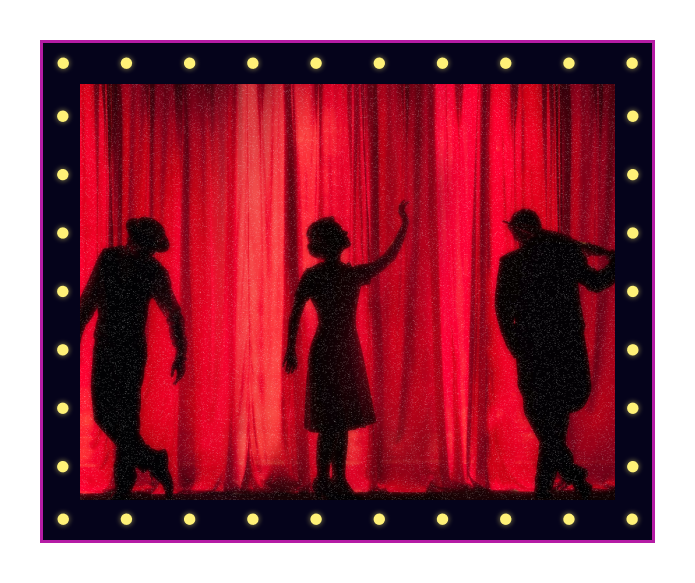
While civil rights movements have rocked the entire bedrock of the economy and all industries for a better, more inclusive and equal world, the same movements have affected film studios as well.
Considerations for LGBTQIA2S+, racial, gendered, and ethnic diversity have been very much a part of the film industry and Hollywood in recent decades. But many in the acting community who happen to live with disabilities say that disability representation and respect on the big screen is the last civil rights movement in Hollywood. Let us look a little closer into the history of disability and actors living with disabilities in the film industry.
The Beginnings
Some older portrayals of actors with disabilities in film are a step in the right direction, as in casting an actor who deals with the specific issue daily, instead of an actor without disabilities who will simply pretend the condition. But the delicacy with which such topics were handled could leave much to be desired.
One of the ways actors with disabilities were able to be on screen in older films was exclusively through their disability.
Take for instance the appearance of the Munchkins in Victor Fleming’s 1939’s The Wizard of Oz.
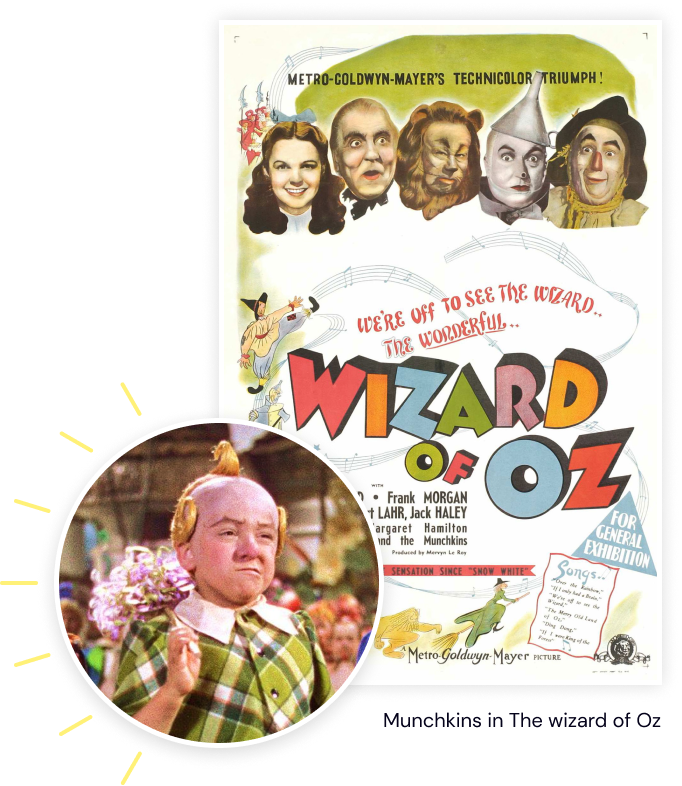
Of course, there were many parts that are arguably important to the plot for people with that specific disability, but the issue is just that—the actors’ disabilities were the thing that got them cast in Munchkin roles.
This is seen again and again, where actors with visible disabilities are cast for that reason. Surely, consideration is also taken for their acting abilities, but historically you will find less castings of actors with invisible disabilities when the role does not call for it.
The Alteration in Perception
But in the more recent years, a real difference in the treatment of disability on screen has occurred.
Instead of casting an actor with a specific disability in order to play a character with that same disability authentically, such actors are simply being cast as actors, and the plot does not necessarily revolve around that.
This is a massive change, and a huge distinction—instead of being seen as what authenticity their disabilities can bring to the screen, actors with disabilities are beginning to be seen simply as actors, regardless of conditions.
Directors are starting to come to terms with the fact that to cast an actor who uses a wheelchair, the character’s main trait does not need to be wheelchair-bound.
To star an actor who happens to have Down Syndrome, or ADHD, narrative comments on their character do not even need to include that fact, unless relevant to plot backstory and not as a solvable issue.
The Change
For instance, actors Zack Gottsagen and Jamie Brewer have starred in films and TV shows alike, to critical acclaim—Gottsagen in the award-winning The Peanut Butter Falcon (2019), and Brewer in multiple seasons of FX’s American Horror Story.
2019
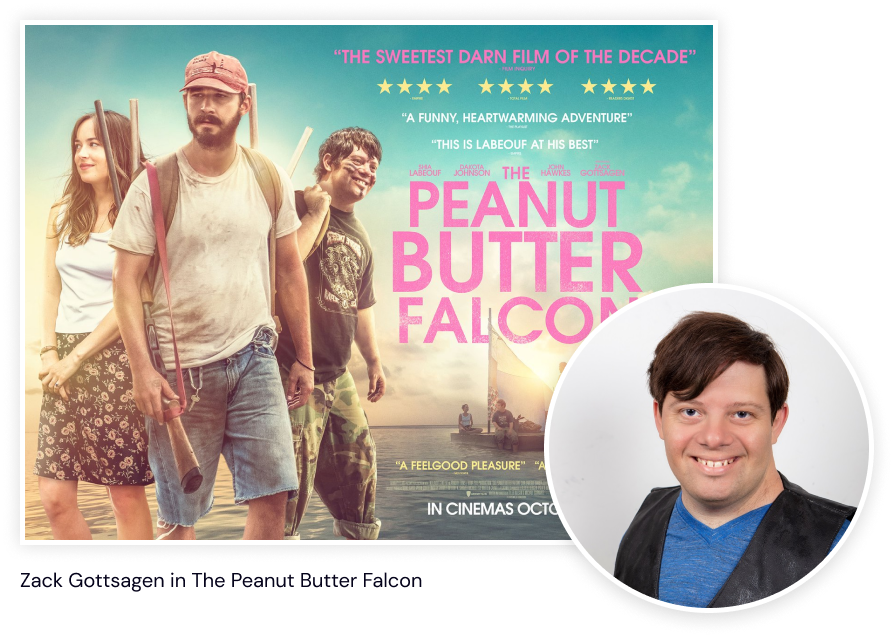
What do they have in common?
Both actors have Down Syndrome, and their characters’ inclusion in each plotline actually has nothing to do with this, and they are simply cast as actors with incredible talent.
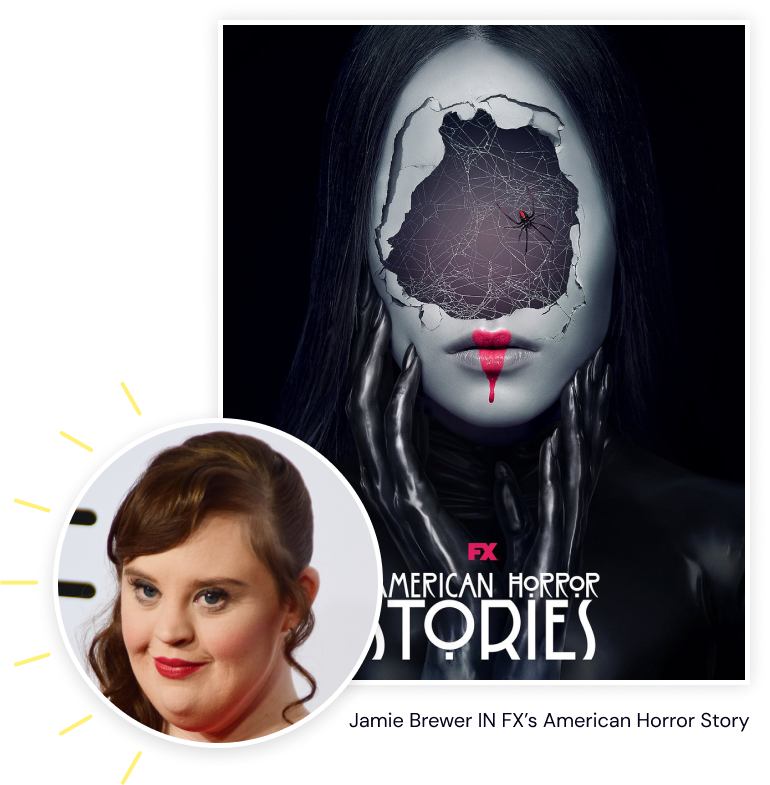
Similarly, Netflix’s Sex Education cast George Robinson as a new character in Season 2, and someone to add a further level to the main trio of protagonists’’ friendships.
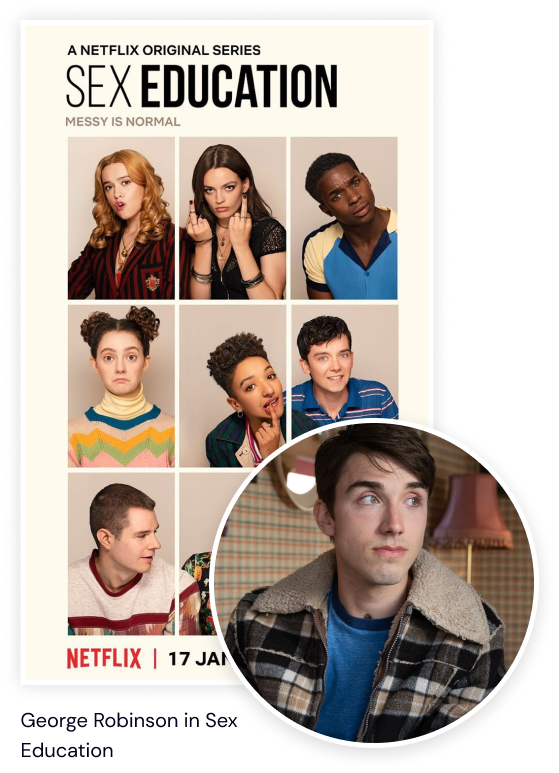
His character is unapologetically quippy, isn’t afraid to pull pranks, and just so happens to be in a wheelchair.
The storyline does not go out of its way to incorporate this detail as a crucial plot point, Robinson in real life is a tetraplegic actor, and simply was cast for his outstanding acting abilities.
The Now
Again, one reason why John Krasinski’s A Quiet Place (2018) was met with such critical acclaim from all communities: the appearance of deaf actress Millicent Simmonds was not a major plot point for the film to revolve around her disability. Rather, her deafness in the plot was simply part of the post-apocalyptic narrative and world of the film.
There was no focus on her disability—instead, it became a benefit for her character and the rest of the characters.
2018
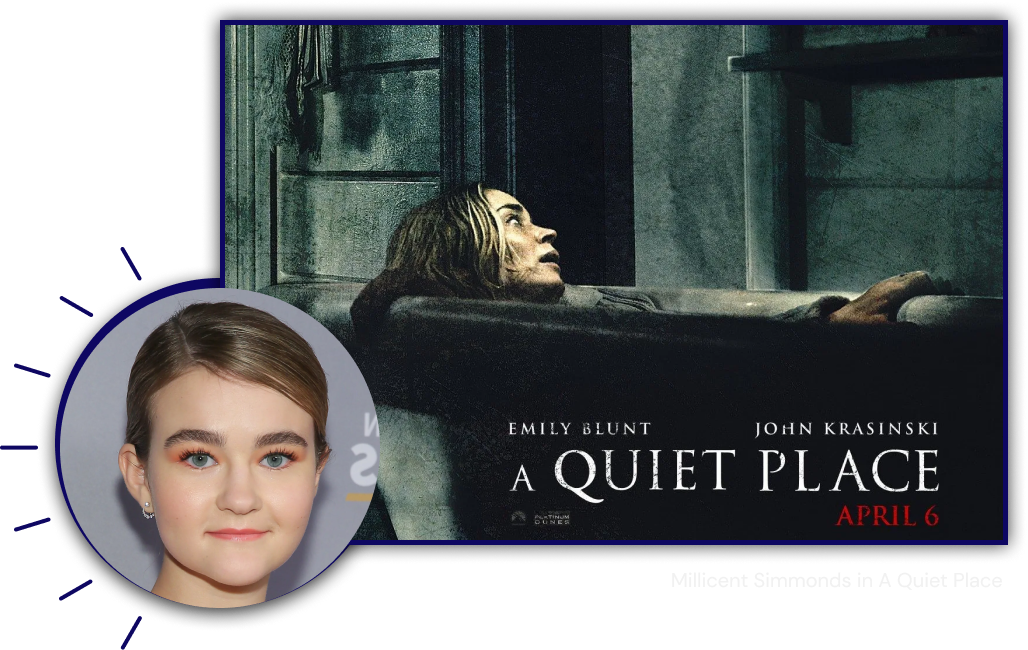
These casting calls did not place any more weight on the actors’ disabilities than as a part of how they communicate or move around, and that is all. Actors being cast for ability rather than focus on any disability is a healthy change in film, and really does provide some hope for upcoming changes in the film industry’s perception of disability!
Point of Contention: Disability Roles Played by Actors without Disabilities
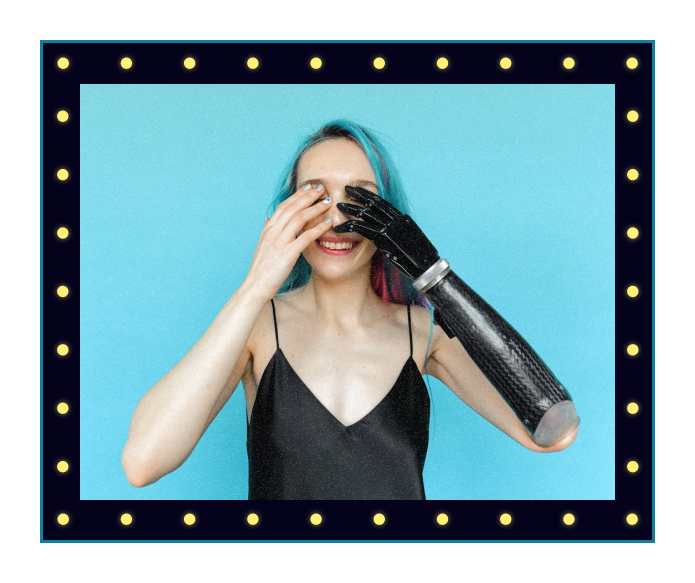
Mentioned briefly at the start of this article, the problems associated with characters with disabilities is roles given to actors who do not live with disabilities are well worth a discussion.
Historically, classic film production and Hollywood itself have favored straight, Caucasian, cisgender main characters who do not have disabilities, and thus, starring actors.
But as social climates have changed, and inclusivity has become the word on everyone’s lips, the film industry had to change accordingly.
But the phenomenon of characters with disabilities being played by actors without disabilities has persisted, even as roles of gender, sexuality, and race have been altered to search out the authentic actors who can play them.
This acts to re-highlight the complicated issue of equality and diversity in acting—should actors without disabilities still portray characters with disabilities?
Controversy in Casting
Activists have raised the point that in the past, we condemned character roles of a particular race going to Caucasian actors—such as the repellent days of “blacking up”.
Disability activists have used the disabled acting equivalent of “cripping up”, especially when it comes to actors without any disabilities being cast in roles that involve disabilities.
One film that came under fire was 2017’s The Upside, where Bryan Cranston plays a wheelchair user with quadriplegia in this comedy-drama.
However, Cranston is very much non-disabled, and has been criticized for portraying such a character.
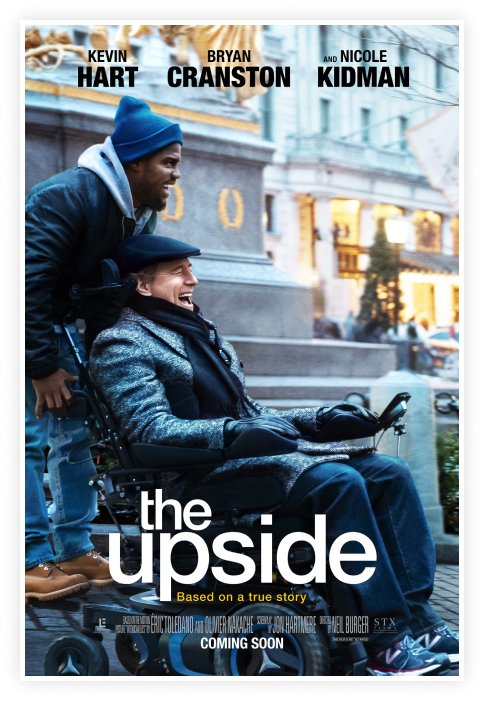
Not only can actors without disabilities be seen as “cashing-in” on the emotional powerhouses that films dealing with disabilities tend to become, but they also are taking away the small amount of character roles with disabilities that actually exist in the film industry. Although the pool of actors living with disabilities is relatively small, compared to the worldwide industry that still does tend to favor the able, attractive, and popular, having actors with no experience or struggle with such disabilities does take the opportunity for representation and authenticity away from actors who do.
Image and Accessibility Issues
This issue not only impacts the work ability of actually disabled actors, but it skews the number of awards going towards authentic performances, which we will discuss later on.
In terms of numbers, the outcomes are shocking and can be seen as somewhat preferential. In US cinema, between only 1.6% and 2.5% of speaking roles in Hollywood films are characters with a disability.
1.6%-2.5%
SPEAKING ROLES IN HOLLYWOOD FILMS ARE CHARACTERS WITH A DISABILITY
And if we are looking into the entire film industry’s disparity between casting disabled versus able-bodied actors in films that deal with disability, a whopping 95% of all characters with a disability are played by actors without disabilities.
95%
CHARACTERS WITH A DISABILITY ARE PLAYED BY ACTORES WITHOUT DISABILITIES
The issues of not casting actors living with disabilities in these roles is not restricted to a studio’s aesthetic taste, bias, or even up to the big-name actors who might end up with the part.
Accessibility is another major barrier to actors with disabilities in the film industry.
Audition rooms, film studios, and film sets are infamous for their inaccessibility for users of mobility devices or aids.
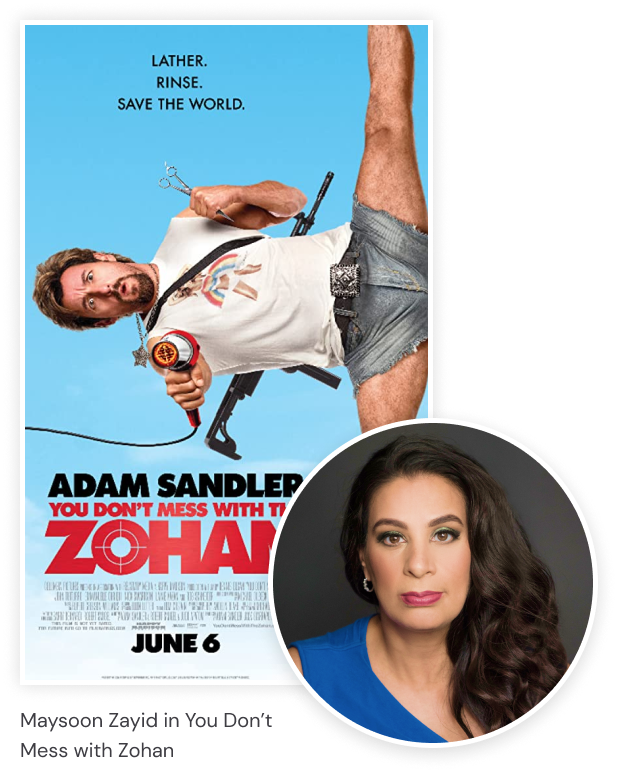
For example, actor Maysoon Zayid who had a role in 2008’s You Don’t Mess with the Zohan, recalls her on-set trailer being inaccessible for her use of a wheelchair.
This is an aspect that can be changed and made better, the film industry just has to commit to doing so.
It’s Not a One Way Street
This is not to say necessarily that all character roles with disabilities should exclusively be played by actors who live with disabilities—in fact, even some actors with disabilities turn down a role if they do not feel like a good match for it.
For instance, actress Jameela Jamil, known for her role in the TV series The Good Place, turned down the role of a deaf woman.
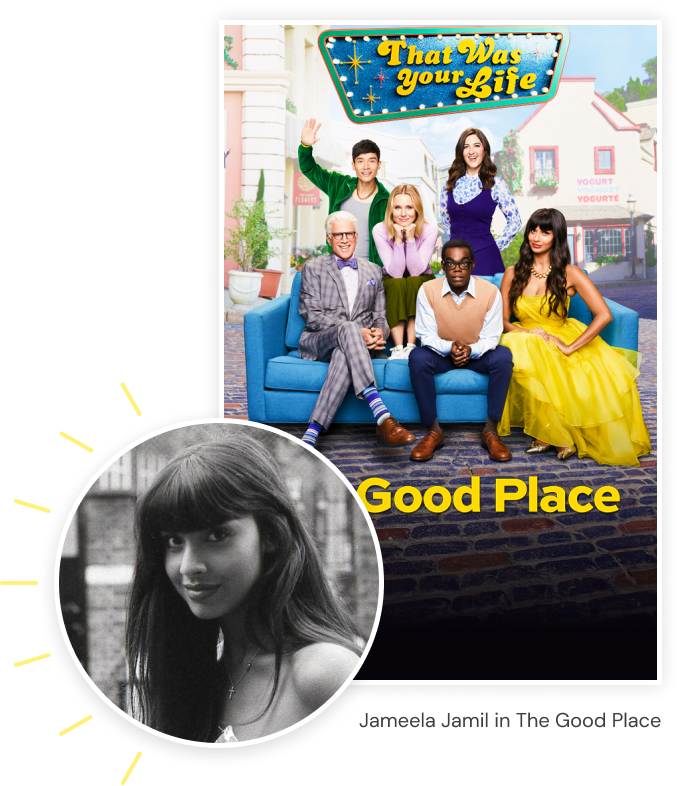
Even though the actress was born partially hearing impaired herself, she urged that “they should find a brilliant deaf woman to play that role.”
Jamil continued on to say,
“I think you have to make those choices and not be too greedy and make space rather than take space.”
Which really is a kind and succinct way to summarize how the film industry and actors without disabilities can look at the issue.
So, while actors who live with disabilities are calling for further change in the industry, they do not want to close off opportunities.
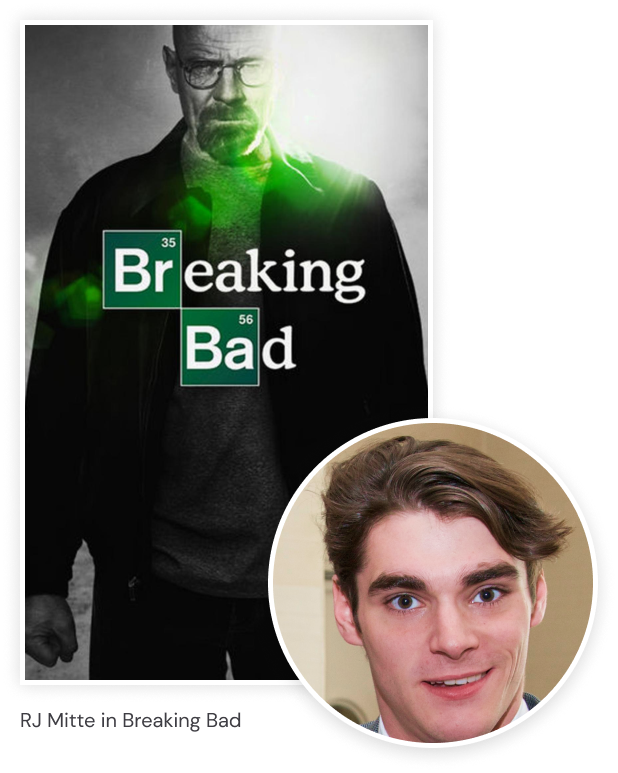
RJ Mitte, from the cult TV series Breaking Bad and who has cerebral palsy, told a BBC interviewer that while no actor should be denied the chance at the role of a person with disabilities, “an accurate and honest portrayal” is crucial.
Award Shows and Disabilities

It has been said that a sure way to earn a film award is to portray a character with disabilities in a blockbuster film. And given the number of nominations and subsequent wins enjoyed by actors who play such a role, this seems to hold true. The only problem is that the vast majority of actors who win awards for portraying disabilities on screen are do not live with disabilities themselves.
In awards shows, 61 actors have been nominated for a character with a disability role, and 27 of those have won the award.
These award nominees and winners include Eddie Redmayne for playing Stephen Hawking in A Theory of Everything.
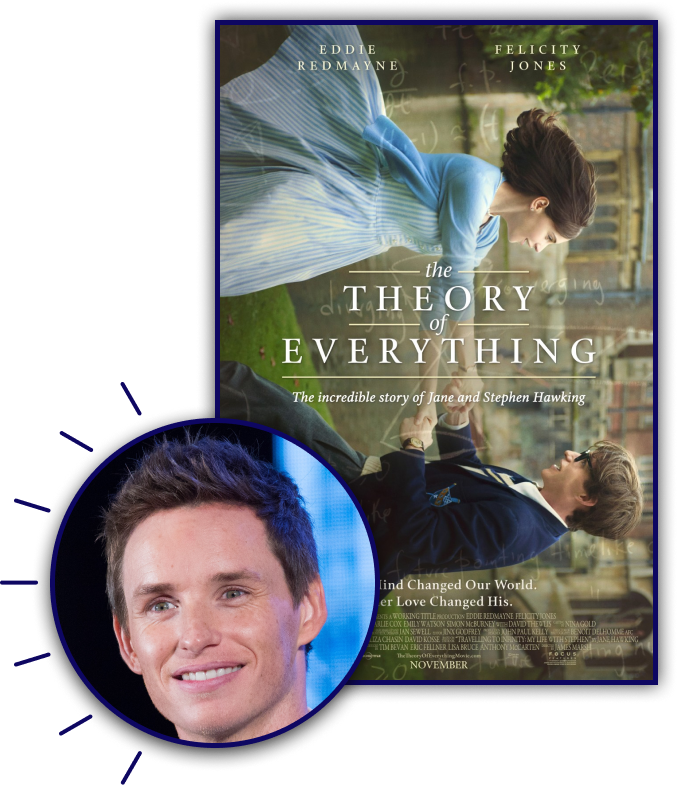
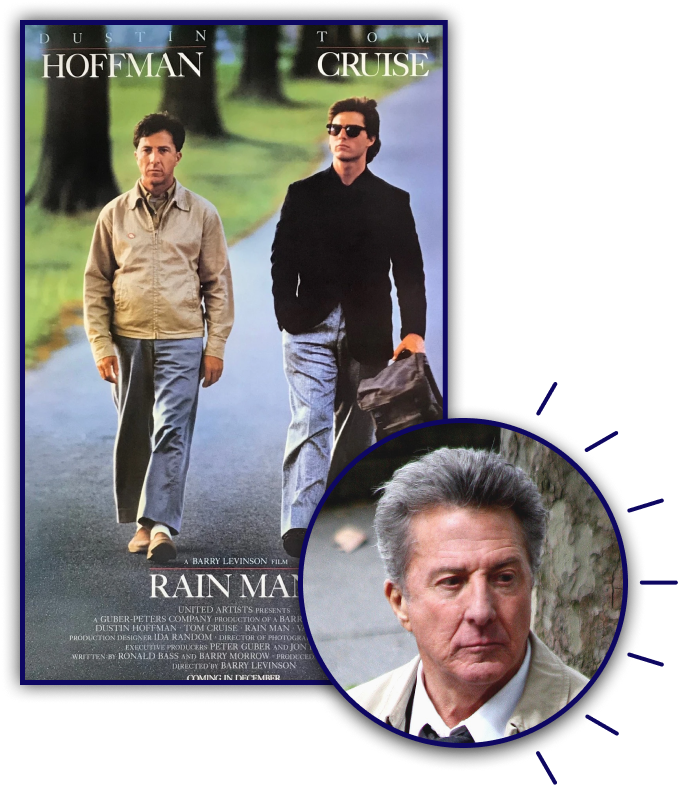
Dustin Hoffmann for playing an autistic man in Rain Man.
Daniel Day-Lewis for playing Irish writer Christy Brown in My Left Foot.
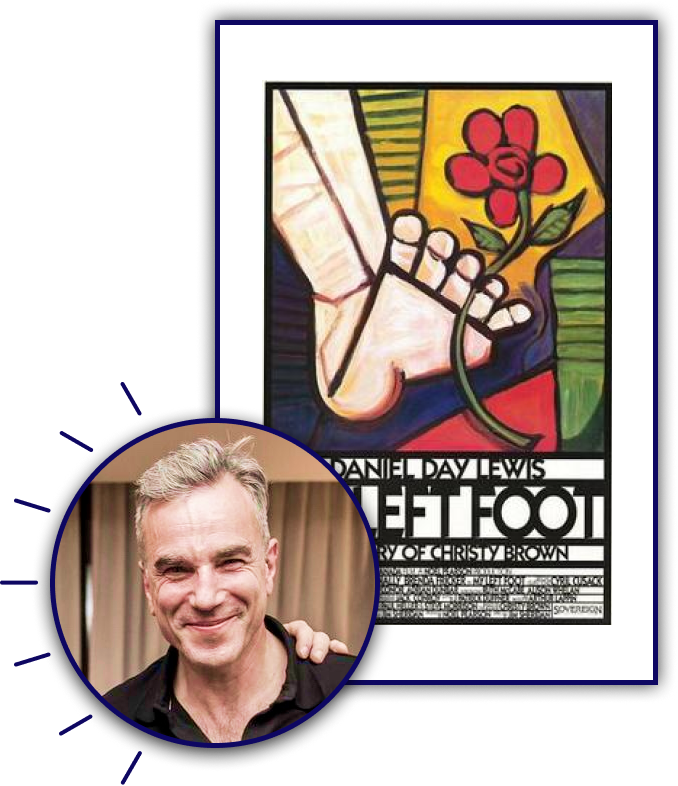
And while actors definitely deserve the chance to win awards and recognition for their diligence and acting skills, this also begs the question of preferential treatment for actors without disabilities.
But only 2 actors who live with actual disabilities have been given award-winning recognition for their acting:
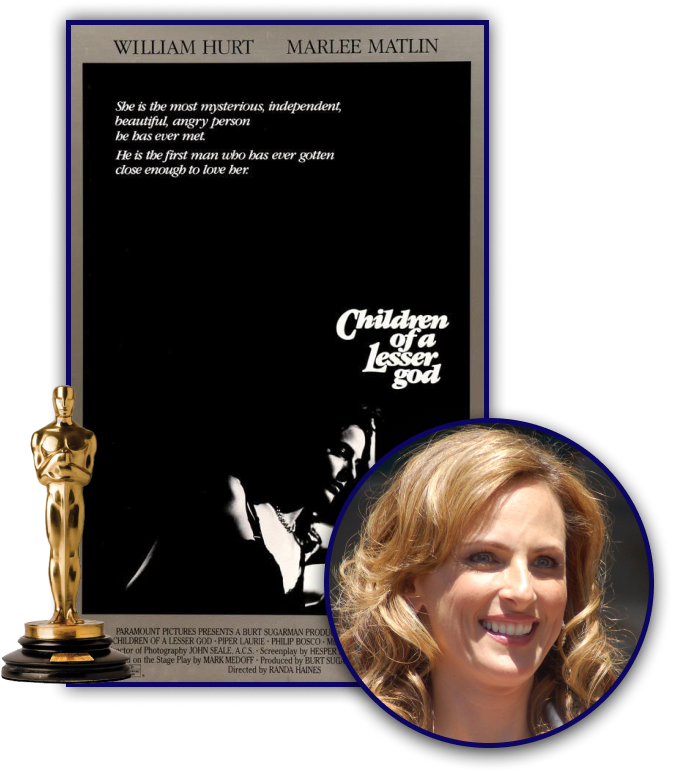
Marlee Matlin, an actress with a hearing disability who played the deaf love interest and co-protagonist in Children of a Lesser God (1986). She won the Oscar for Best Actress for her role during the 1987 Academy Awards Ceremony.
Harold Russell, a dual hand amputee after an accident in the Army, who played a Navy sailor who lost his hands during the Second World War in The Best Years of Our Lives (1946). He won the Academy Award for Best Supporting Actor during the 1947 Oscars.
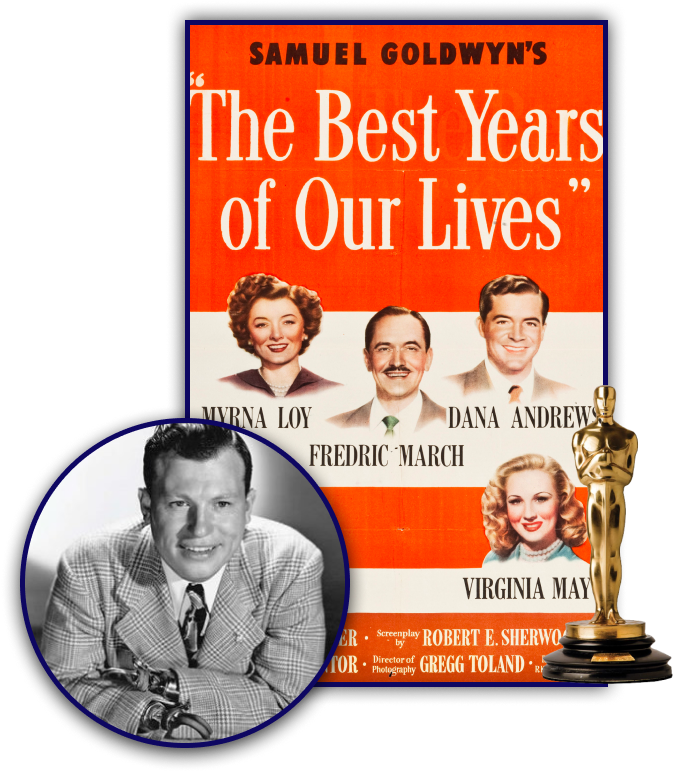
At least, when it comes to independent film makers and film festival awards, films about disabilities and casting actors with disabilities are getting the recognition they deserve. For example, The Peanut Butter Falcon (2019), scooped up 20 wins and 16 more nominations in all the award shows it was entered in, and its star Zack Gottsagen made history as the Academy Awards’ first presenter with Down Syndrome at the 2020 Oscars, alongside fellow star Shia LaBeouf. Perhaps we can hold onto the hope that future changes will follow from this!
Famous Actors Living with Disabilities
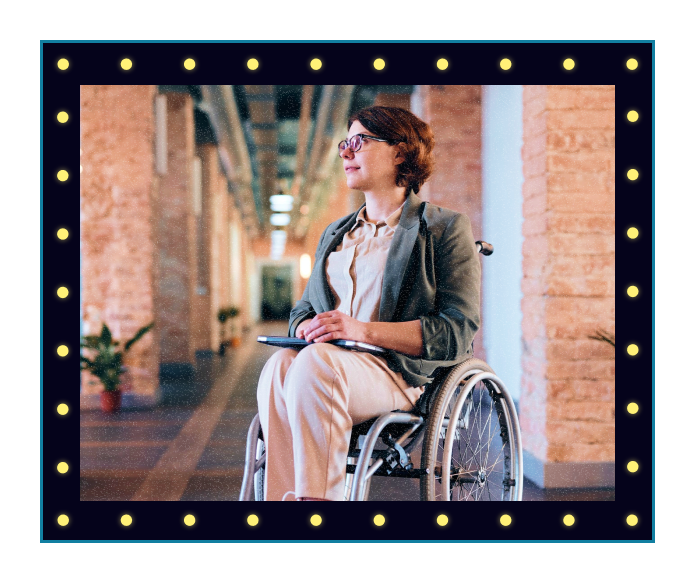
It is no secret that disabled actors have had a difficult journey to fame and recognition, but some of our favorite and most well-known cinema stars actually do deal with disabilities on a daily business, including more “invisible” disabilities.
Here are some stars known for their roles, who just happen to also have disabilities.

Adam Pearson
Actor & Presenter, Under the Skin (Neurofibromatosis)
Image source: Wikimedia Commons
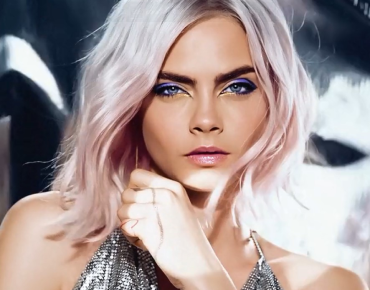
Cara Delevingne
Model & Actor
(ADHD & Dyspraxia)
Image source: Wikimedia Commons
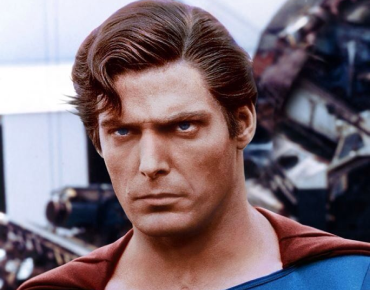
Christopher Reeve
Actor, Superman
(Quadriplegia)
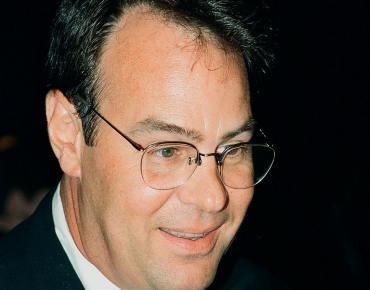
Dan Aykroyd
Actor
(Asperger’s & Tourette Syndrome)
Image source: Wikimedia Commons
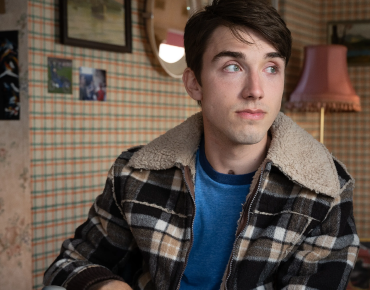
George Robinson
Actor, Sex Education
(Tetraplegia)
Image source: Wikimedia Commons

Jamie Brewer
Actor, American Horror Story
(Down Syndrome)
Image source: Wikimedia Commons
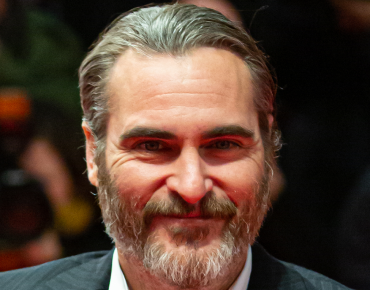
Joaquin Phoenix
Actor, Joker
(Cleft Palate)
Image source: Wikimedia Commons
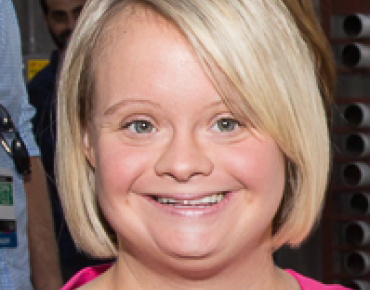
Lauren Potter
Actor, Glee
(Down Syndrome)
Image source: Wikimedia Commons
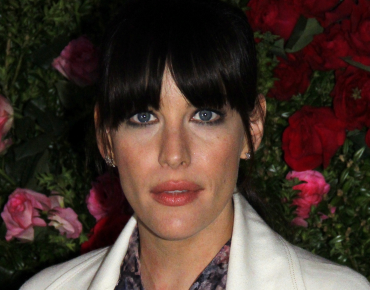
Liv Tyler
Actor & Producer, The Lord of the Rings
(ADHD)
Image source: Wikimedia Commons
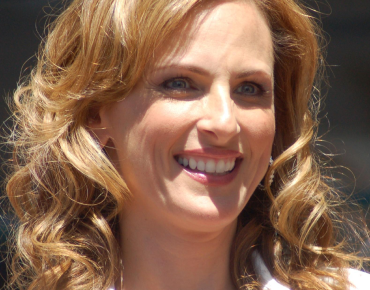
Marlee Matlin
Actor & Oscar winner, Children of a Lesser God
(Hearing Impaired)
Image source: Wikimedia Commons
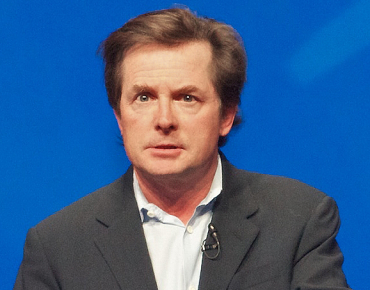
Michael J. Fox
Actor, Back to the Future
(Parkinson’s)
Image source: Wikimedia Commons
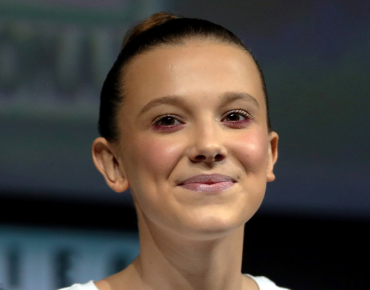
Mille Bobby Brown
Actor, Stranger Things
(Hearing Impaired)
Image source: Wikimedia Commons
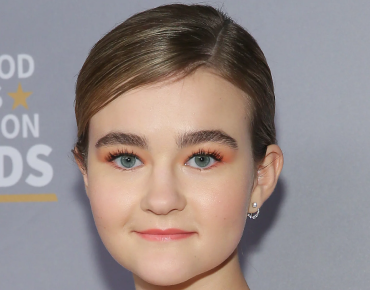
Millicent Simmonds
Actor, The Quiet Place
(Hearing Impaired)
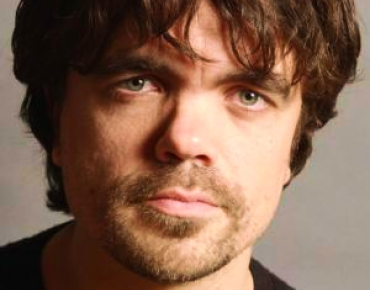
Peter Dinklage
Actor, Game of Thrones
(Achondroplasia Dwarfism)

RJ Mitte
Actor, Breaking Bad
(Cerebral Palsy)
Image source: Wikimedia Commons
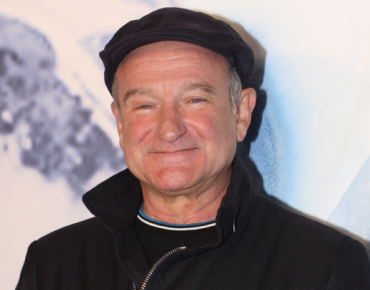
Robin Williams
Actor & Oscar winner, Jumanji, Mrs. Doubtfire (ADHD, Asperger’s, Bipolar Disorder, & Parkinson’s)
Image source: Wikimedia Commons
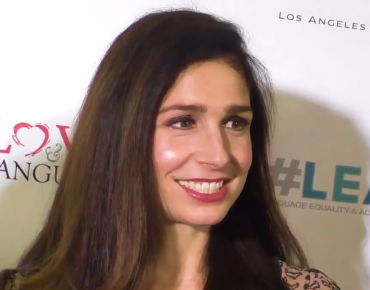
Shoshannah Stern
Actor, Grey’s Anatomy
(Hearing Impaired)
Image source: Wikimedia Commons
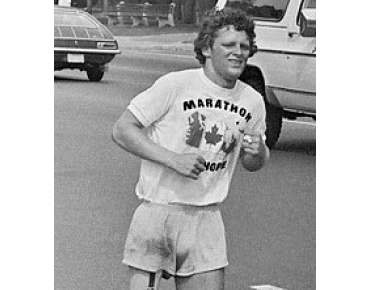
Terry Fox
Athlete
(Amputee)
Image source: Wikimedia Commons
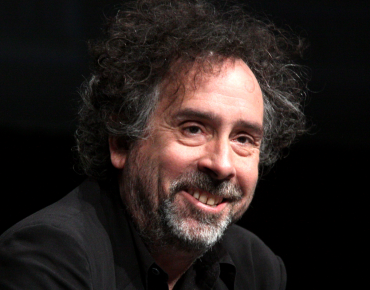
Tim Burton
Director
(Asperger’s)
Image source: Wikimedia Commons
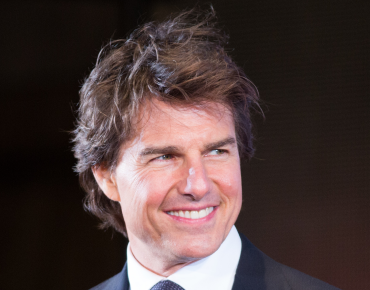
Tom Cruise
Actor & Producer, Mission Impossible Series
(Dyslexia)
Image source: Wikimedia Commons
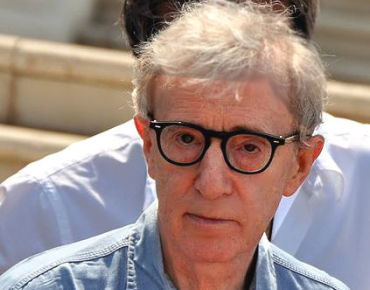
Woody Allen
Director
(Asperger’s)
Image source: Wikimedia Commons
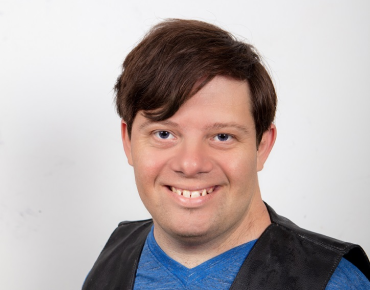
Zack Gottsagen
Actor & former Special Olympics athlete, The Peanut Butter Falcon
(Down Syndrome)
Image source: Wikimedia Commons
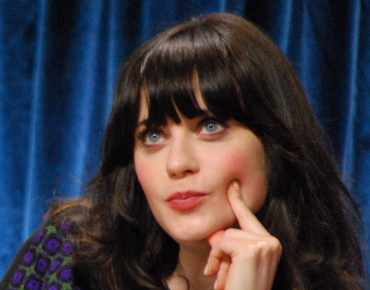
Zooey Deschanel
Actor, Model & Musician, New Girl
(ADHD)
Image source: Wikimedia Commons
Top Films about Disability and with Actors Living with Disabilities that Changed the Industry
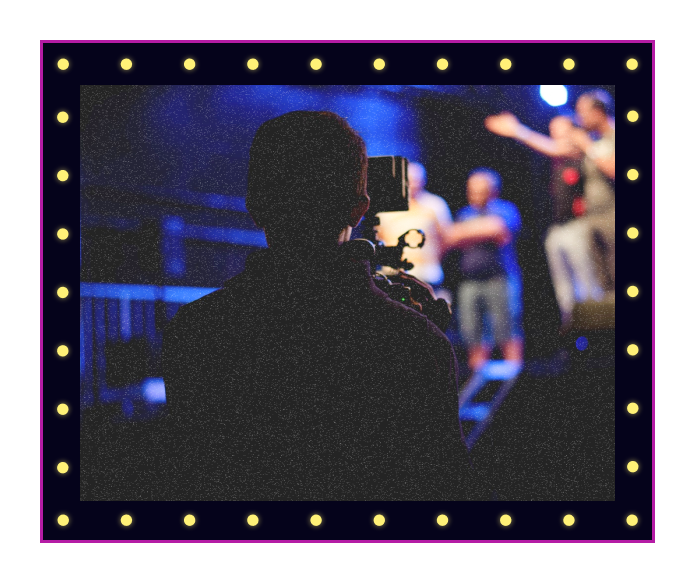
In recent years, the film industry has had concerted efforts made to make both disabilities portrayed on screen, and the disabilities that actors deal with, a more authentic and equalizing experience.
It isn’t even just about “normalizing” disabilities—it’s about creating empathy and an innate connection between actors and their characters and the audience watching, regardless of disability.
Some popular films that actually beneficially portray characters living with disabilities and disability in general include:
Top Shows That Deal with Disability
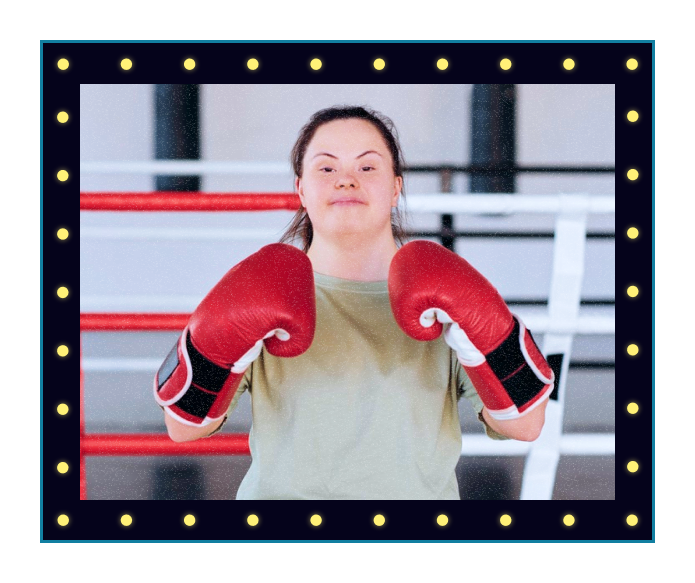
If you are searching for a good TV show to sit and binge, while also learning more about the experience of people who live with disabilities or enjoying the acting prowess of actors with disabilities, here are a few to get you started:
Independent Films and Disability
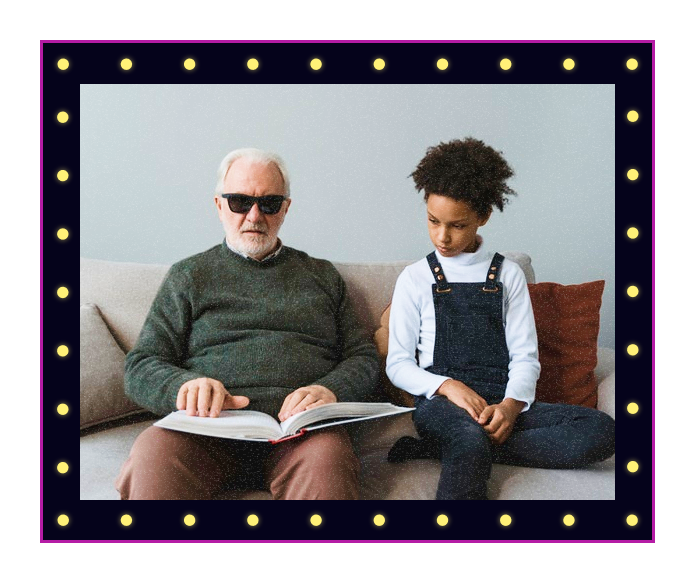
Independent cinema and indie film festivals are a great place to find unique and touching representations of people with disabilities.
Here are some of the more recent, critically acclaimed titles:
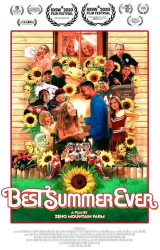
Best Summer Ever (2020, not yet available to stream
First ever movie musical that stars people with disabilities.
A History of Actors with Disabilities in Film
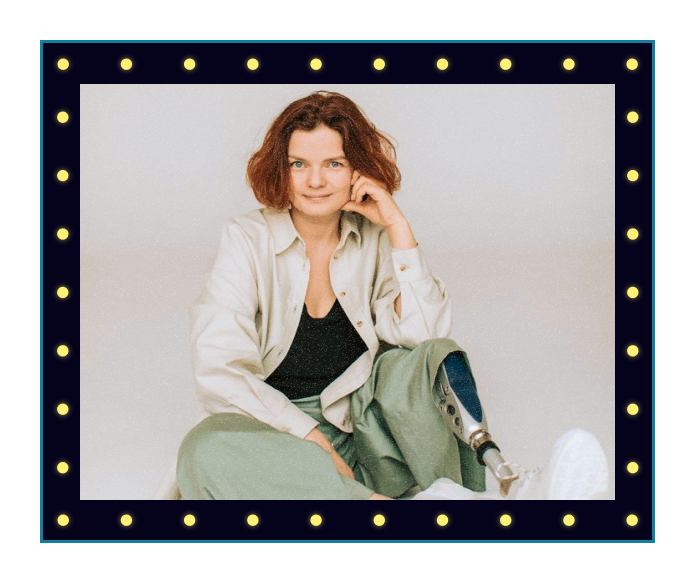
In the world of film, there are so many titles, actors, and TV shows. But one aspect of the film and acting industry is those movies that portray disabilities, especially when actors with disabilities themselves are given the opportunity to play these roles. Although there is a point of contention in cinema, where actors without disabilities play characters with a disability both activists and audiences are working to create a more welcoming and open-minded place in Hollywood and film for actors living with disabilities to thrive in.
However, there are plenty of films and TV shows that are a great place to start watching some great performances and uniquely emotional narratives, as told masterfully by world-class actors who live with disabilities, and lend them your support!

